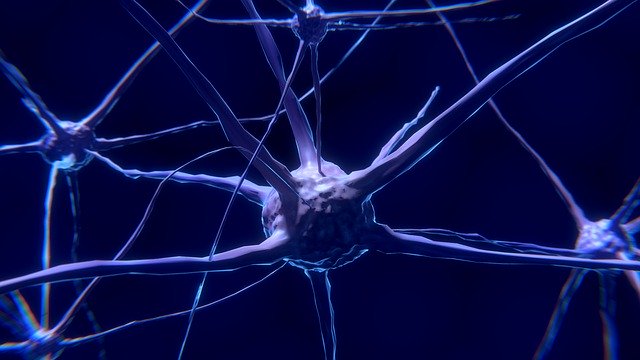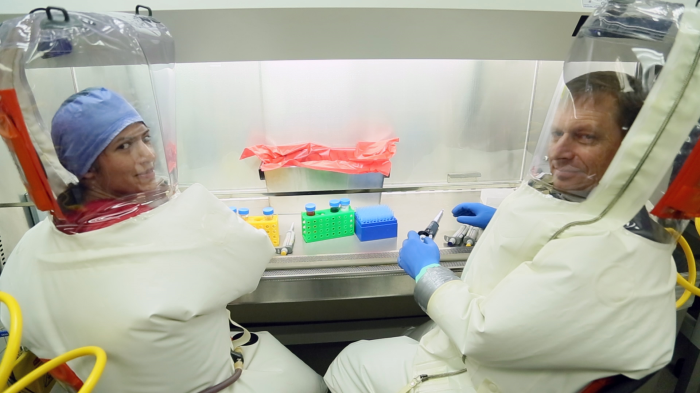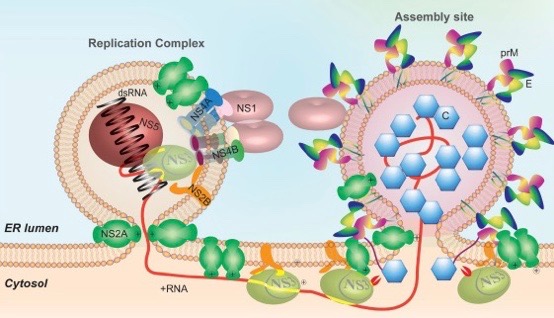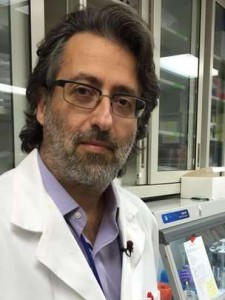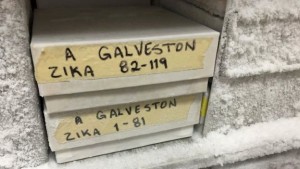Dear Friends and Family,
Tom and I remain humbled and so very grateful for the compassion and generosity of all of you as we continue the grief journey. We are truly blessed that so many of you recognize the virtue of Michael’s Foundation and recognize also that this is a grief that will never, ever end. The Foundation affords us an outlet for our continued suffering as we find such comfort it doing what we can for Michael’s beloved educational opportunities.
In addition to continuing the endowed funding at several institutions of higher learning, this year we have chosen to focus on Emerging Viruses-especially after the threat we recently dealt with in the United States from Ebola. Marburg looms on the horizon and we must be ready. These and many other dangerous diseases are being heavily researched at the Galveston National Laboratory. Some are more dangerous than Ebola. The Galveston National Laboratory was the research institution that created the Ebola vaccine which is in production today. In addition they are close to creating a vaccine for Alzheimer’s disease and numerous other threats that affect us as individuals and a people.
Michael was doing a competitive internship at the Galveston national Laboratory at UTMD when he passed away. He was researching the Rickettsia virus. He had such wonderful enthusiasm for his work and all the work at the lab. We know Michael loves all we have done, and with your help, will continue to do.
We have found “A Grace Disguised” in this foundation work. As mentioned before in my annual letter this is all we can do now for our most precious son. We are always studying new ventures and considering different educational initiatives to assist with funding. It has been our great pleasure. Michael believed so vehemently in education thus we feel strongly in our cause. He was the greatest young man and not a day passes without tears shed.
Thank you for your consideration. We appreciate you all so very much. No parent should ever have to do this, but it is in giving that we find joy and comfort. May Our Lord God truly bless and keep you and your families safe and happy this holiday season and in the coming year.
All our love,
Tom and Michele Purgason

